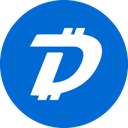-
 bitcoin
bitcoin $107015.826941 USD
-2.18% -
 ethereum
ethereum $3637.352324 USD
-5.18% -
 tether
tether $0.999831 USD
-0.02% -
 xrp
xrp $2.338078 USD
-6.23% -
 bnb
bnb $998.272150 USD
-6.97% -
 solana
solana $167.598257 USD
-10.12% -
 usd-coin
usd-coin $0.999863 USD
0.01% -
 tron
tron $0.282573 USD
-5.09% -
 dogecoin
dogecoin $0.169891 USD
-7.39% -
 cardano
cardano $0.557554 USD
-7.03% -
 hyperliquid
hyperliquid $39.914802 USD
-5.85% -
 chainlink
chainlink $15.414549 USD
-9.97% -
 bitcoin-cash
bitcoin-cash $510.361911 USD
-4.26% -
 ethena-usde
ethena-usde $0.999194 USD
-0.03% -
 stellar
stellar $0.282092 USD
-6.07%
How to send funds from Binance to my Exodus Wallet?
Ensure compatibility, verify network settings, and use small test transfers when connecting Binance to Exodus Wallet for secure, seamless crypto transactions.
Oct 13, 2025 at 01:01 am
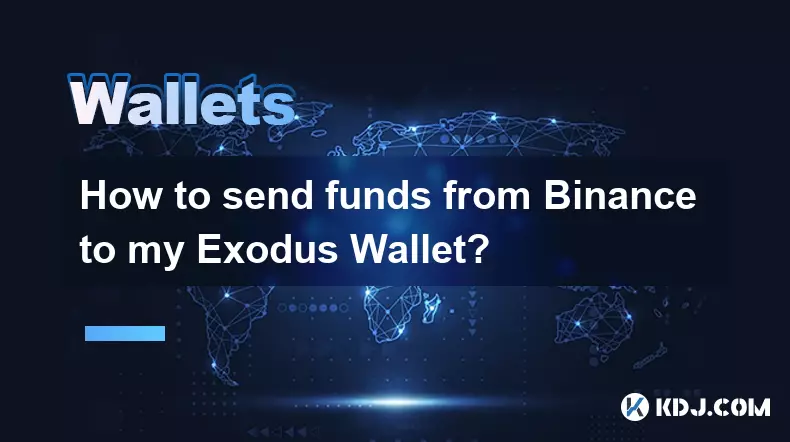
Connecting Binance and Exodus Wallet for Seamless Transfers
1. Ensure that your Exodus wallet supports the cryptocurrency you intend to withdraw from Binance. Not all digital assets are compatible with every wallet, so verifying compatibility prevents transaction errors or loss of funds.
2. Open the Exodus application on your mobile device or desktop and navigate to the specific asset you wish to receive. Tap on the asset to reveal the deposit address, which is unique to that coin or token.
3. Copy the receiving address carefully. It’s recommended to double-check each character or use the QR code option if available to minimize input mistakes during the withdrawal process on Binance.
4. Log in to your Binance account and go to the “Wallet” section, then select “Withdraw.” Choose the cryptocurrency matching the one in your Exodus wallet to avoid irreversible losses.
5. Paste the copied address from Exodus into the recipient field on Binance. Confirm the network being used—this must align with what Exodus supports (e.g., BEP20, ERC20). Mismatched networks can result in permanent fund loss.
Security Measures When Transferring Funds
1. Always enable two-factor authentication (2FA) on your Binance account before initiating any withdrawal. This adds a critical layer of protection against unauthorized access.
2. Perform test transactions with a small amount first. Sending a minimal quantity allows you to verify that the funds arrive correctly in Exodus before transferring larger sums.
3. Avoid using public Wi-Fi when handling cryptocurrency transfers. Secure internet connections reduce the risk of man-in-the-middle attacks where malicious actors could intercept sensitive data.
4. Never share your private keys or recovery phrase with anyone. Exodus stores your keys locally, and Binance never requests this information during withdrawals.
5. Keep your Exodus software updated. Developers frequently release patches to fix vulnerabilities, ensuring your wallet remains secure against emerging threats.
Understanding Network Fees and Transaction Speeds
1. Binance charges a network fee based on blockchain congestion and the selected withdrawal network. These fees fluctuate and are deducted automatically from your withdrawal amount.
2. Choose networks wisely. For instance, withdrawing USDT via BEP20 typically incurs lower fees compared to ERC20, especially during peak Ethereum usage periods.
3. Transaction confirmation times vary by blockchain. Bitcoin may take several minutes to over an hour, while Binance Smart Chain transactions often settle within seconds.
4. Monitor your transaction using a blockchain explorer. After initiating the transfer, Binance provides a transaction ID (TXID) that you can paste into sites like BscScan or Etherscan to track progress.
5. Be patient if the transaction appears stuck. Delays usually stem from high network traffic. If no confirmations occur after several hours, contact Binance support with the TXID for assistance.
Troubleshooting Common Withdrawal Issues
1. If funds do not appear in Exodus after 24 hours, verify the withdrawal address and network used on Binance match Exodus requirements exactly.
2. In cases of accidental withdrawal to an incompatible network, immediately reach out to Binance customer service. Some networks allow recovery, but prompt action is essential.
3. Double-check whether the asset is visible in Exodus by refreshing the wallet or restarting the app. Occasionally, syncing delays cause temporary invisibility of incoming funds.
4. Ensure the asset is activated in Exodus. Certain tokens require manual activation under the wallet’s settings before they become visible and usable.
Frequently Asked Questions
Can I send multiple cryptocurrencies from Binance to Exodus using the same address?Yes, Exodus uses a unified address system for many assets, but only send coins supported by the wallet. Using the same address for unsupported tokens may lead to loss.
Why does my transaction show as pending for a long time?High network congestion or low transaction fees can delay confirmations. Check the blockchain explorer linked to the network to see current processing times.
Is it safe to withdraw directly from Binance to Exodus?Yes, provided you verify the address, use the correct network, and follow security best practices such as enabling 2FA and avoiding phishing sites.
What should I do if I entered the wrong network during withdrawal?Contact Binance support immediately with the transaction details. Recovery depends on the blockchain and whether the network supports cross-chain retrieval.
Disclaimer:info@kdj.com
The information provided is not trading advice. kdj.com does not assume any responsibility for any investments made based on the information provided in this article. Cryptocurrencies are highly volatile and it is highly recommended that you invest with caution after thorough research!
If you believe that the content used on this website infringes your copyright, please contact us immediately (info@kdj.com) and we will delete it promptly.
- Sequans, Bitcoin, and Debt Reduction: A NYC Perspective on a Bold Move
- 2025-11-05 03:50:12
- XRP Price Wobbles: Death Cross Looms as Ripple Token Navigates Choppy Waters
- 2025-11-05 04:10:01
- Altcoins, Perpetual Tokens, and ETH Price: Navigating the Crypto Current
- 2025-11-05 03:55:01
- Tether's Triumph: $10 Billion Profits and a Treasury Milestone
- 2025-11-05 03:55:12
- Crypto Coins with Growth Potential: Unearthing 2025's Hidden Gems
- 2025-11-05 04:00:01
- MoonBull, Crypto Presales, and Solana WLFI: Riding the Wave to Big Gains
- 2025-11-05 03:25:02
Related knowledge

Reviewing Smart Contract Permissions: A Critical Security Step
Nov 01,2025 at 04:55pm
Understanding Decentralized Exchanges in the Crypto Ecosystem1. Decentralized exchanges (DEXs) have reshaped how traders interact with digital assets ...
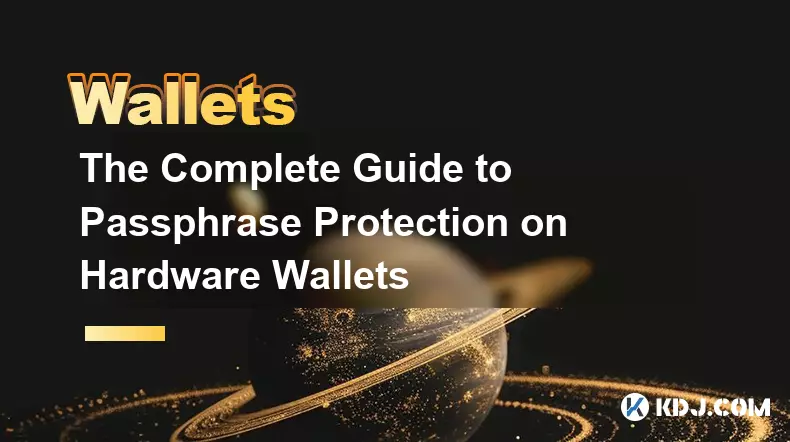
The Complete Guide to Passphrase Protection on Hardware Wallets
Nov 03,2025 at 10:37am
Understanding Passphrases in Hardware Wallets1. A passphrase, often referred to as a 25th word, adds an additional layer of security beyond the standa...
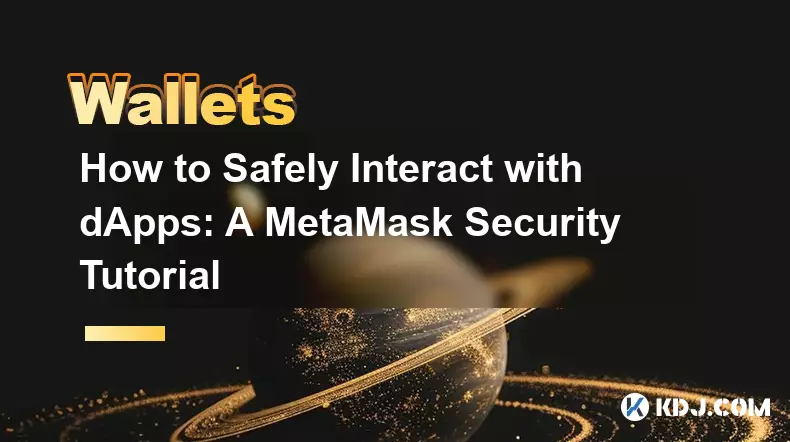
How to Safely Interact with dApps: A MetaMask Security Tutorial
Nov 04,2025 at 02:54am
Understanding dApp Interaction Risks1. Decentralized applications (dApps) operate on blockchain networks, enabling users to trade tokens, lend assets,...
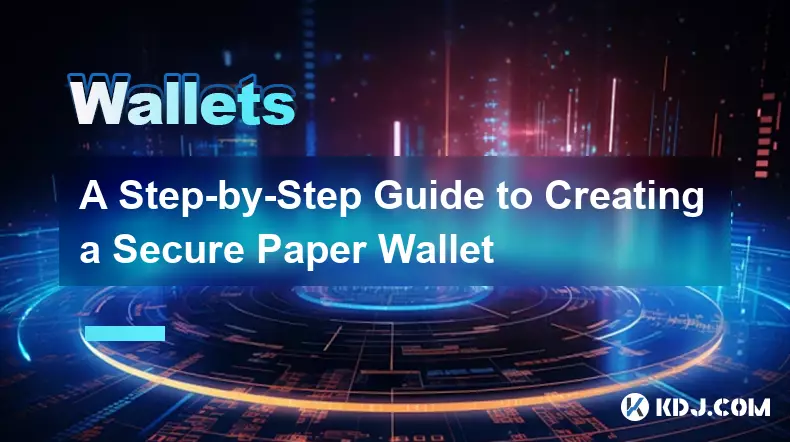
A Step-by-Step Guide to Creating a Secure Paper Wallet
Nov 05,2025 at 04:39am
Understanding the Basics of a Paper Wallet1. A paper wallet is a physical document that contains the private and public keys of a cryptocurrency addre...

Software Wallet Security Vulnerabilities You Need to Know
Nov 01,2025 at 11:37am
Common Exploits Targeting Software Wallets1. Phishing attacks remain one of the most widespread threats to software wallet users. Cybercriminals desig...
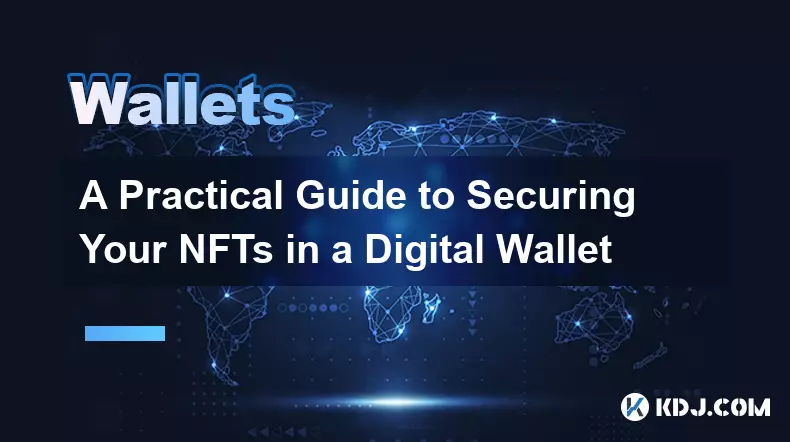
A Practical Guide to Securing Your NFTs in a Digital Wallet
Nov 03,2025 at 04:55am
Understanding NFT Wallet Security Fundamentals1. NFTs, or non-fungible tokens, exist on blockchain networks such as Ethereum, Solana, and Polygon, mak...

Reviewing Smart Contract Permissions: A Critical Security Step
Nov 01,2025 at 04:55pm
Understanding Decentralized Exchanges in the Crypto Ecosystem1. Decentralized exchanges (DEXs) have reshaped how traders interact with digital assets ...

The Complete Guide to Passphrase Protection on Hardware Wallets
Nov 03,2025 at 10:37am
Understanding Passphrases in Hardware Wallets1. A passphrase, often referred to as a 25th word, adds an additional layer of security beyond the standa...

How to Safely Interact with dApps: A MetaMask Security Tutorial
Nov 04,2025 at 02:54am
Understanding dApp Interaction Risks1. Decentralized applications (dApps) operate on blockchain networks, enabling users to trade tokens, lend assets,...

A Step-by-Step Guide to Creating a Secure Paper Wallet
Nov 05,2025 at 04:39am
Understanding the Basics of a Paper Wallet1. A paper wallet is a physical document that contains the private and public keys of a cryptocurrency addre...

Software Wallet Security Vulnerabilities You Need to Know
Nov 01,2025 at 11:37am
Common Exploits Targeting Software Wallets1. Phishing attacks remain one of the most widespread threats to software wallet users. Cybercriminals desig...

A Practical Guide to Securing Your NFTs in a Digital Wallet
Nov 03,2025 at 04:55am
Understanding NFT Wallet Security Fundamentals1. NFTs, or non-fungible tokens, exist on blockchain networks such as Ethereum, Solana, and Polygon, mak...
See all articles







































































